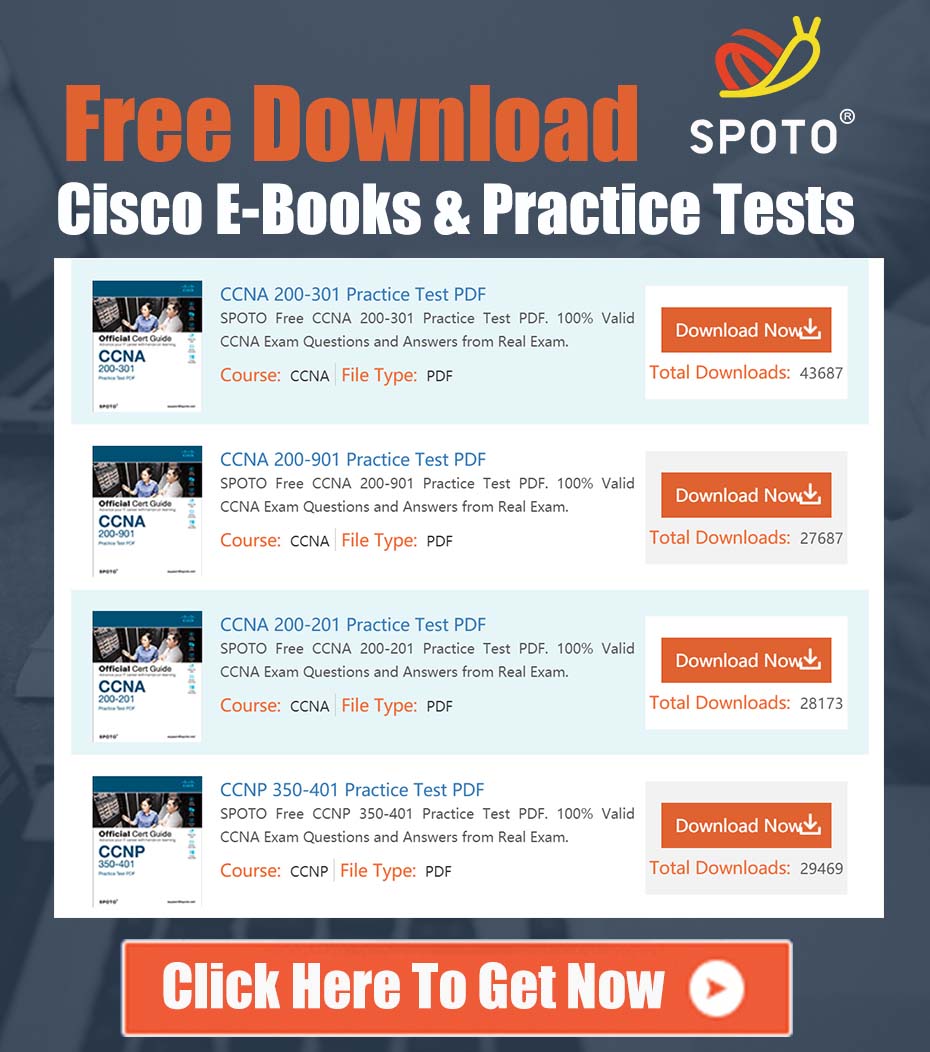
SPOTO Cisco Expert
- SPOTO Cisco Expert
Settle a problem:66
1.0 Executive Summary
This document provides a technical analysis of the professional development path outlined in the Cisco Community article profiling Mark Elsen, a 2025 Hall of Fame recipient. The source material does not present a traditional network problem-and-solution scenario. Instead, it profiles an expert’s career, implicitly presenting a different type of challenge: defining the methodology required to achieve a similar level of technical mastery and community recognition. This analysis extracts the core principles from the article and supplements them with established Cisco best practices to create a comprehensive, actionable framework for professional growth for engineers within our organization.
2.0 Problem Definition: Achieving Elite-Level Technical Proficiency
The central challenge is to codify a strategic and repeatable framework for a network engineer to transition from proficient to elite. This involves not only acquiring deep technical knowledge across multiple complex domains but also developing the problem-solving acumen and community standing demonstrated by top-tier professionals like Mark Elsen. The objective is to build a robust skillset that is resilient to technological shifts and highly valued within the industry and the Cisco ecosystem.
3.0 Initial Solution Steps per Source Article
The article profiling Mark Elsen highlights several high-level principles that form the foundation of his success. These initial steps are philosophical yet crucial:
- Embrace Continuous Learning: The core tenet articulated is the necessity of a persistent commitment to learning, acknowledging that the technology landscape is in a constant state of evolution.
- Develop Multi-Domain Expertise: Proficiency is demonstrated across several key Cisco architecture pillars, including Data Center (ACI, Nexus), Security (Firepower, ASA, ISE), and Enterprise Networking (SDA, Catalyst). This indicates that elite status requires moving beyond a single specialization.
- Cultivate a Passion for Complex Troubleshooting: A key attribute is the enjoyment derived from solving intricate and challenging technical issues, which serves as a primary driver for deepening one’s knowledge.
- Actively Contribute to the Technical Community: Significant value is placed on engaging with peers in forums like the Cisco Community to share knowledge, solve problems collaboratively, and learn from the experiences of others.
4.0 Critical Evaluation and Comprehensive Solution Framework
The principles outlined in the article are foundational but lack a prescriptive, technical implementation plan. To transform these concepts into an actionable strategy, the following supplementary steps and best practices are required.
4.1 Foundational Knowledge and Structured Certification
An engineer’s journey must begin with a solid base. While experience is invaluable, a structured approach validates and organizes knowledge.
- Action: Pursue a formal certification path, starting with the CCNA for a comprehensive understanding of networking fundamentals. Progress to the CCNP level in a chosen specialization (e.g., Enterprise, Data Center, or Security) to build advanced skills. The CCIE remains the gold standard for validating expert-level knowledge. This structured path ensures no critical concepts are overlooked.
4.2 Strategic Specialization in Core Technology Pillars
While multi-domain knowledge is the goal, deep expertise must be built sequentially.
- Action: Select one primary technology pillar (e.g., Data Center Networking) and develop profound expertise. Focus on mastering the key products and architectures within that domain, such as Cisco ACI, Nexus 9000 series switches, and NX-OS. Once expert-level proficiency is achieved, strategically expand into an adjacent, complementary pillar like Security, focusing on how technologies like Firepower and ISE integrate with the Data Center fabric.
4.3 Cultivating Practical, Hands-On Expertise
Theoretical knowledge is insufficient for solving complex real-world problems.
- Action: Dedicate consistent time to hands-on lab work. Utilize resources like Cisco Modeling Labs (CML) and DevNet Sandboxes to build, break, and fix complex network topologies. Simulating intricate scenarios, such as multi-pod ACI fabric deployments or ISE posture policy enforcement, is critical for internalizing concepts and developing the muscle memory required for effective troubleshooting under pressure.
4.4 Adopting a Systematic Troubleshooting Methodology
Enjoying troubleshooting is an attribute; executing it effectively is a skill.
- Action: Standardize your troubleshooting process. Employ methodologies like the OSI model (bottom-up or top-down) or the divide-and-conquer approach. For any given issue, begin with information gathering (e.g.,
showcommands, log analysis, packet captures) to define the problem scope. Form a hypothesis, test it methodically, and document each step. This disciplined approach is faster and more reliable than ad-hoc problem-solving.
4.5 Strategic Engagement with the Cisco Community
Community participation should be a deliberate part of your professional development.
- Action: Move from passive consumption to active contribution. When encountering a problem, first research it within the community. When you find a solution, contribute back with details of your specific scenario. More importantly, allocate time to review unsolved questions in your area of expertise. Attempting to solve problems for others is one of the most effective ways to test and solidify your own knowledge.
5.0 Conclusion
The path to becoming a recognized expert like Mark Elsen is not based on a single action but on the disciplined execution of a multi-faceted strategy. The foundational principles of continuous learning and community engagement, when combined with a structured technical plan encompassing formal certification, deep specialization, rigorous hands-on practice, and a systematic troubleshooting methodology, create a robust and feasible framework for achieving elite status as a Cisco Network Engineer. This is a long-term commitment to professional excellence.
